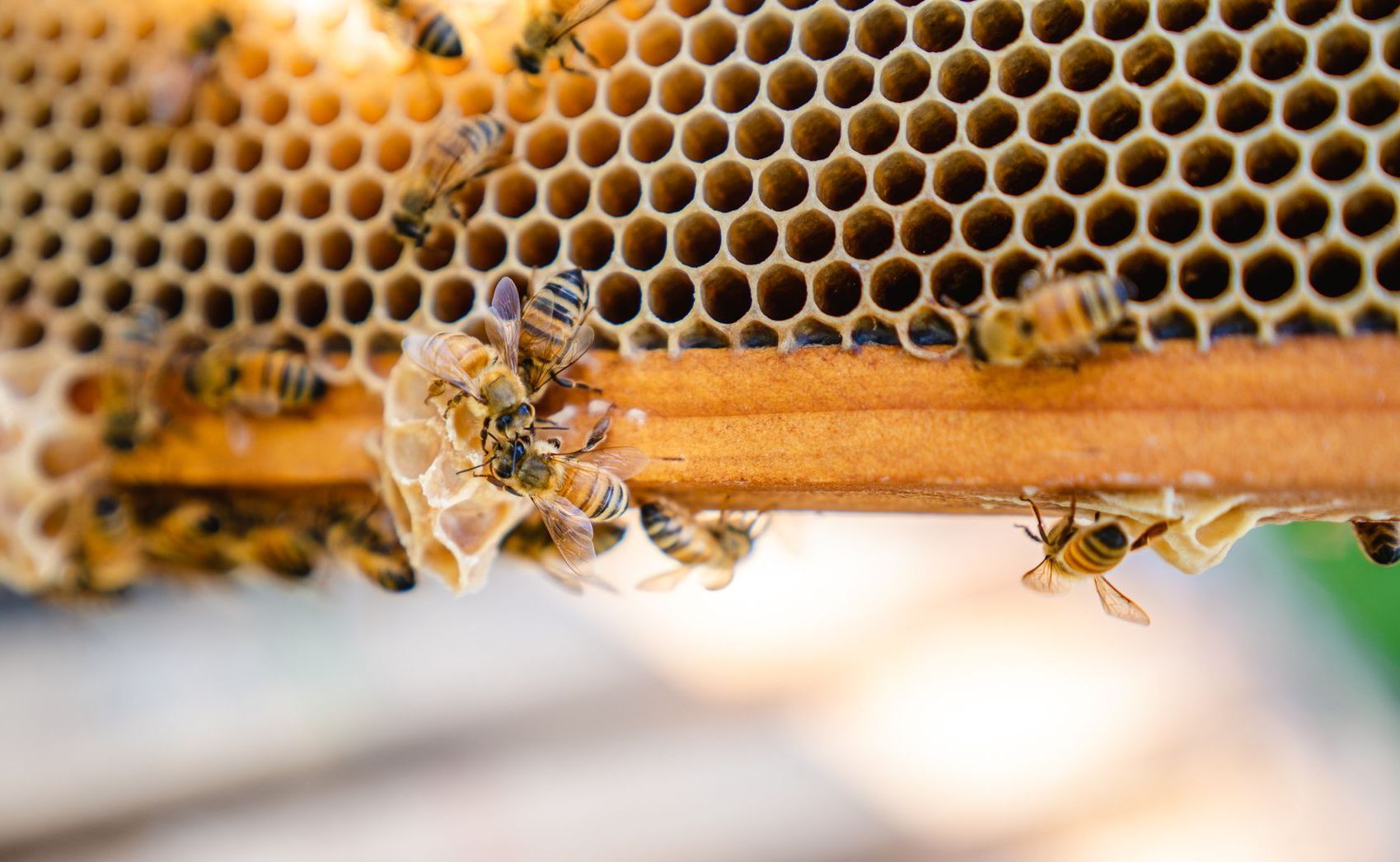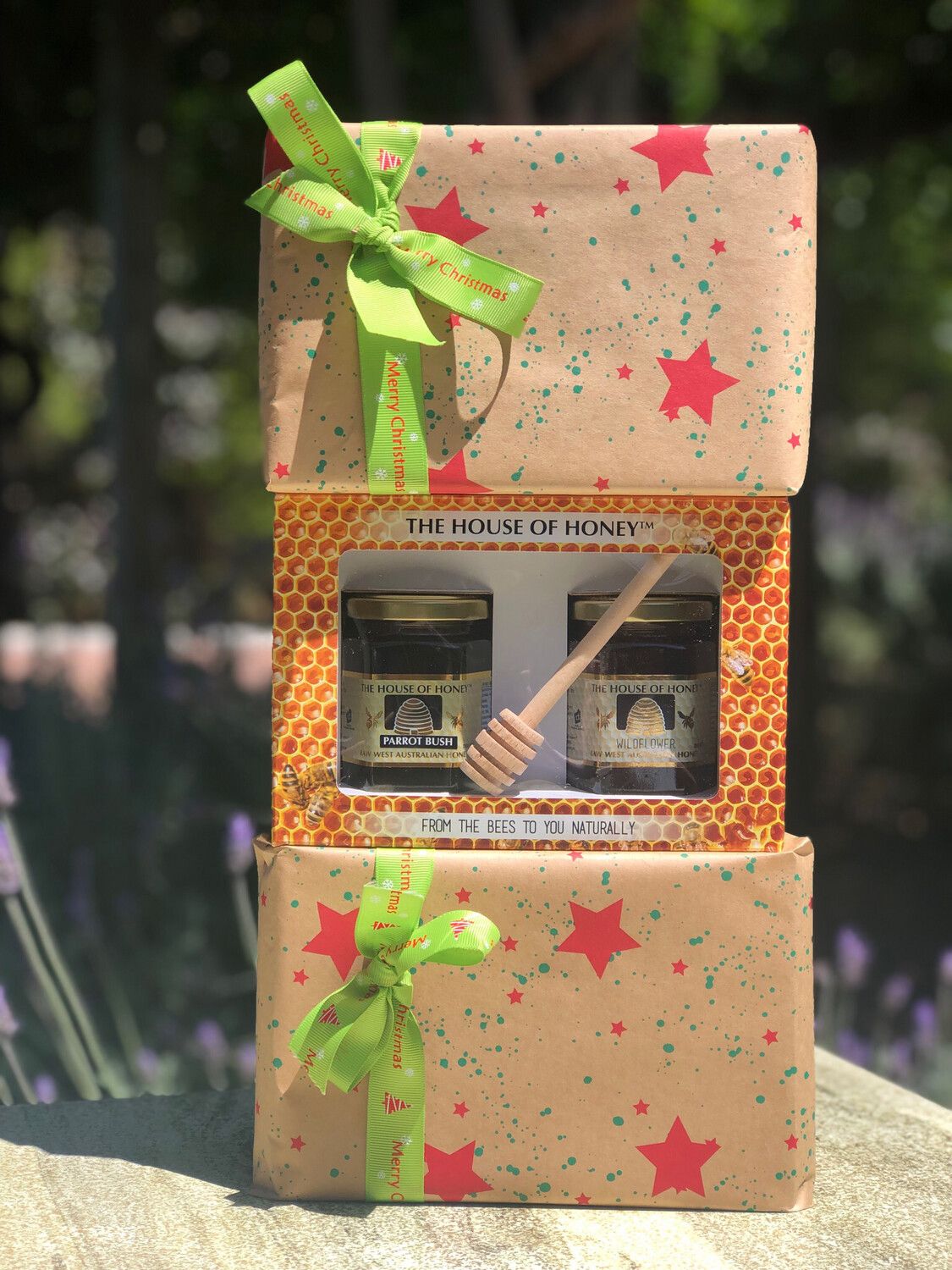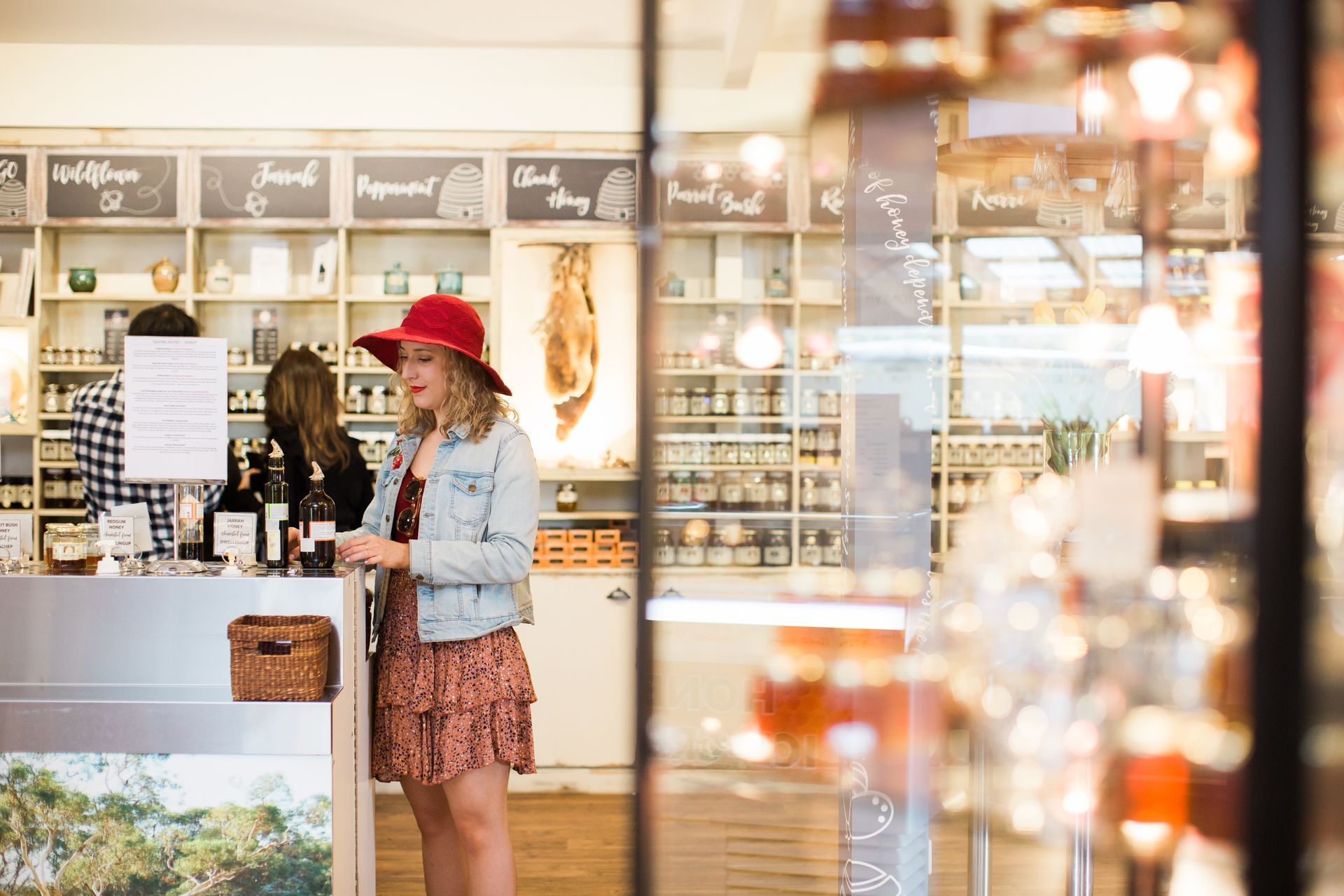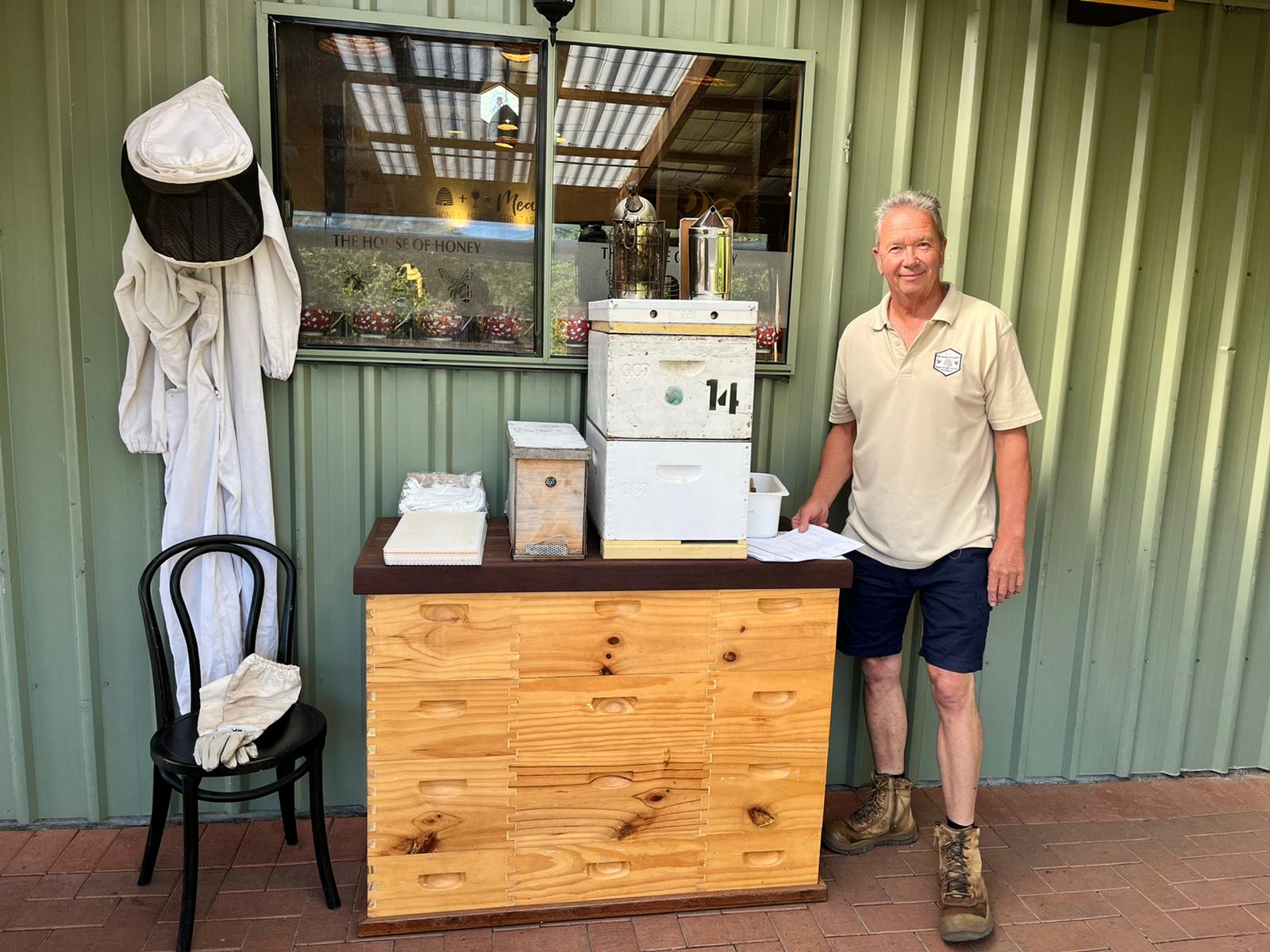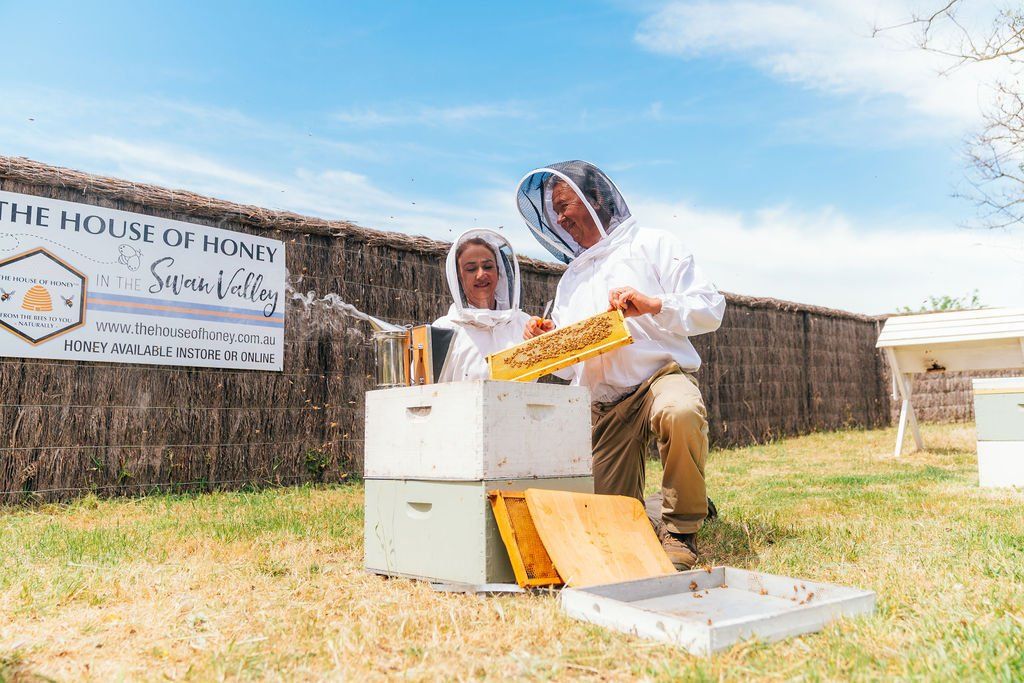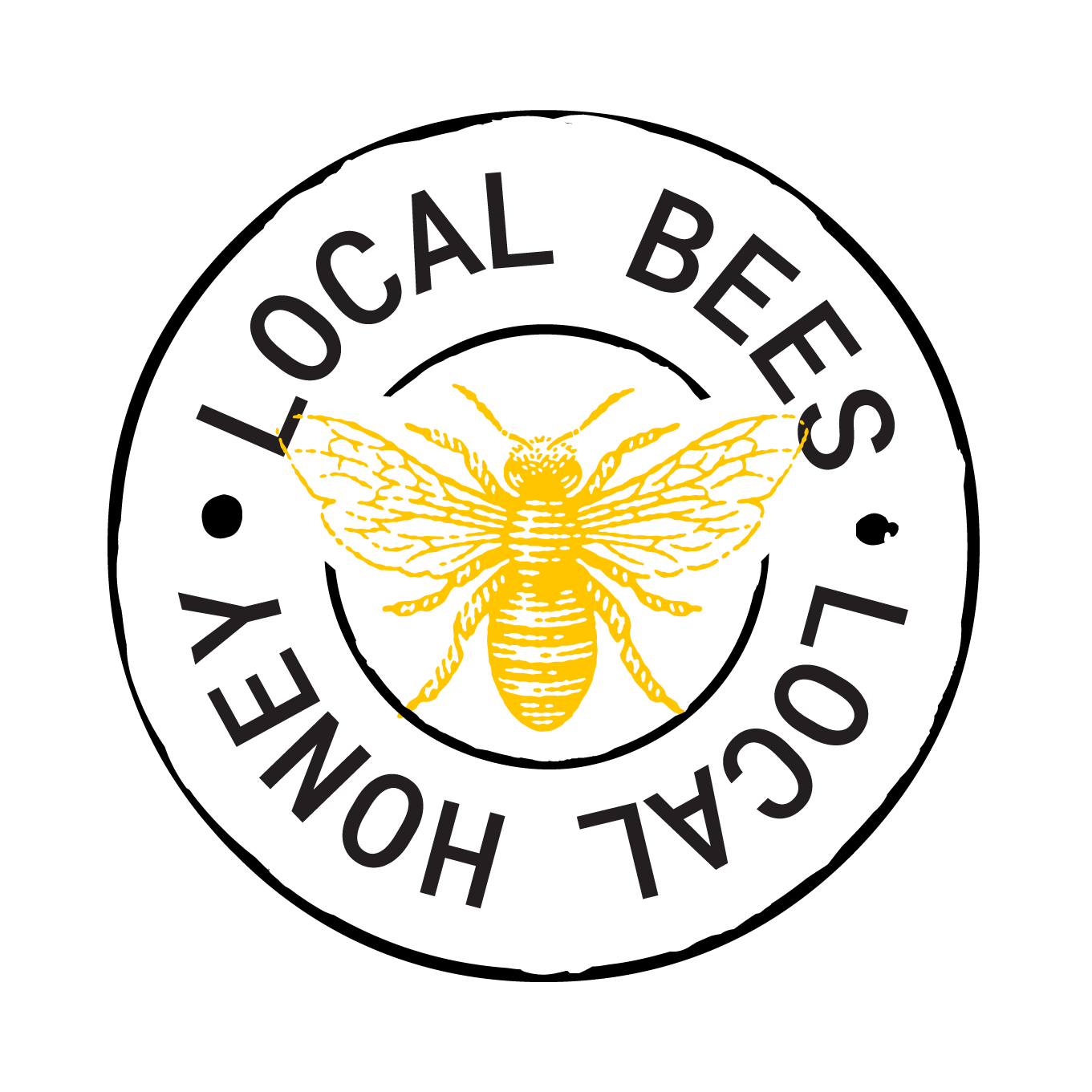Free shipping on orders over $150 in Perth Metro area.

Online click & collect
What is mead?
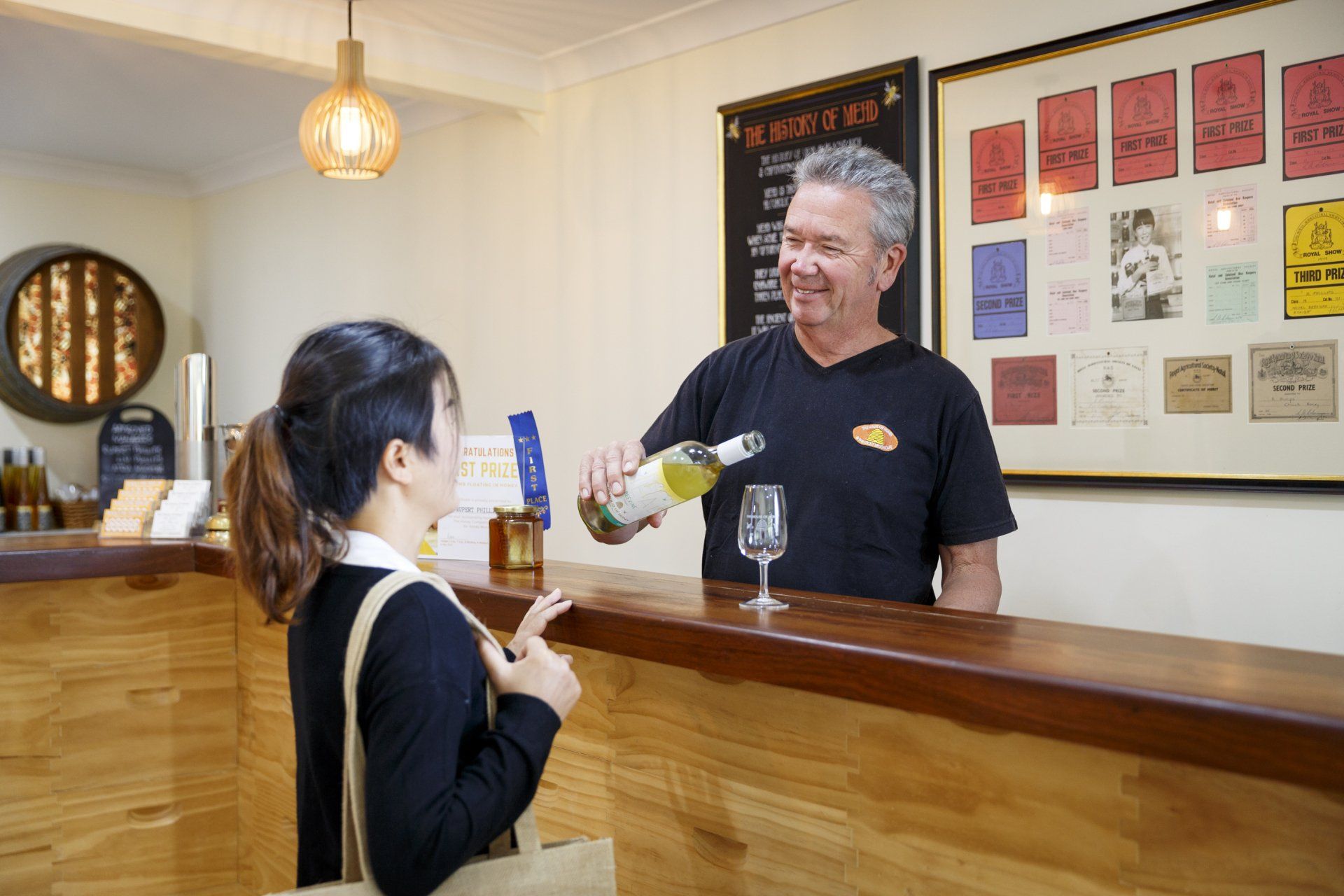
Mead. It’s been around for centuries, but after an age in the spotlight, it disappeared. Suddenly, this ancient beverage — historically enjoyed by kings, queens and commoners around the world — is everywhere. If you’re lucky, you might even be able to nip over to your local bottle shop and grab yourself some.
But, what exactly is mead? And why is it rapidly resurfacing?
The basics.
Mead is a simple mixture of honey, water and fermented yeast. The base blend can then be enhanced with spices, hops, grains, and fruits for mind-blowing flavour combinations. Genuine mead must be derived from at least 51% honey. If it’s less than that, honey is simply a flavouring to the alcohol, and not the base. It can be rich and sweet, crisp and dry, still or sparkling — the options are endless.
- Even though it’s also called honey-wine, mead isn’t a wine variety. Mead is its own distinct category with a unique flavour profile, but is best described as sitting somewhere between wine and beer. The colour can be near-transparent, yellow, orange, or even red.
Pour, sip, savour.
Mead’s alcohol level generally sits at around 8% – 20%. Like a fine wine or good beer, mead is crafted to be slowly sipped and savored. Depending on the blend, mead can be served at room temperature, chilled, or over ice. You can drink it neat or mix it with soda water, lemonade, dry ginger ale or any other beverage that compliments dominant honey flavour.
Can mead be considered healthy?
Mead is alcoholic, and like all alcoholic drinks, should be consumed safely and in moderation. However, in ancient times, the beverage was linked with good health and vitality — even considered to be “the drink of the gods” in Greek mythology. We know that mead’s hero ingredient — honey — carries some impressive benefits including antioxidants and antimicrobial properties. However, it’s debated whether the benefits are as strong once the fermentation process takes place.
In other words, mead hasn’t been proven to better or worse for you than beer, cider, or wine.
History’s superstar.
Mead is likely one of the oldest alcoholic beverages in the world, with archaeological evidence of mead production stretching back to 7000BC in China. It was once the most popular beverage in England, Scandinavia, and Greece (to name a few), particularly in the middle ages. This is probably why most people think of medieval times and the renaissance period when they hear the drink mentioned, but basically every ancient culture enjoyed it at some point.
It’s mentioned in some translations of the Bible, by Aristotle, and by famed 1400s poet Chaucer. Mead is even responsible for the term “honeymoon”. The drink was served at weddings, and newlyweds would drink it a month or so after their nuptials in hopes that a child would be born.
So, why the big fall from grace? In the 17th century, new tax laws, as well as the availability of West Indian sugar, made honey harder and less necessary to obtain. However, most of the blame can be shifted to the rise and accessibility of beer and wine.
Making a comeback.
Despite its ancient roots and medieval boom, mead is making a comeback. Thanks to our modern times, crafting and distributing mead is easier than ever, which is part of the reason for the resurgence.
Jason Phelps, a prominent American voice in the mead market, believes mead is the answer to consumers’ changing tastes and is cruising along with the massive rise in craft beers. In an interview with Forbes, he said:
“The traditional wine industry has largely ignored the shift to tastes for sweeter beverages and/or more direct use of fruit, spice and other flavors. The craft beer industry on the other hand has embraced these changes. There is a real arms race of flavor on, and just like craft beer, craft mead can hit this target all day long. Mead is the ‘what else can deliver this experience’ to craft beer, and has a strong association to craft beer.”
Locally made & loved.
As a meadery ourselves, it’s exciting to see people enjoying mead more and more as they make it their drink of choice. All our mead is crafted onsite using honey from bees we know and care for on a daily basis. If you haven’t tried it yet, you’re missing out! Check out The House of Honey’s mead tasting notes to see what you’re missing, buy some online, or visit us to browse the collection in person.
Rubee Investments Pty Ltd. Licensee Kim and Rupert Phillips ABN: 46 606 706 196 Producers Licence: 618 0145475
Under the Liquor Control Act 1988, it is an offence to sell or supply liquor to a person under the age of 18 years on a licensed or regulated premises; or for a person under the age of 18 years to purchase, or attempt to purchase, liquor on a licensed or regulated premises.
If purchasing alcohol at our premise, you may be required to show identification.
Visit
867 Great Northern Highway
(Corner of River Road)
Herne Hill, WA 6056
Monday to Sunday 10am-5pm
Join the Honey Club
Subscribe to Get Our Special Offers
Thanks for subscribing. You'll be the first to hear about new items and special offers.
Please try again later.
All Rights Reserved | The House of Honey
Site by Helium Marketing












